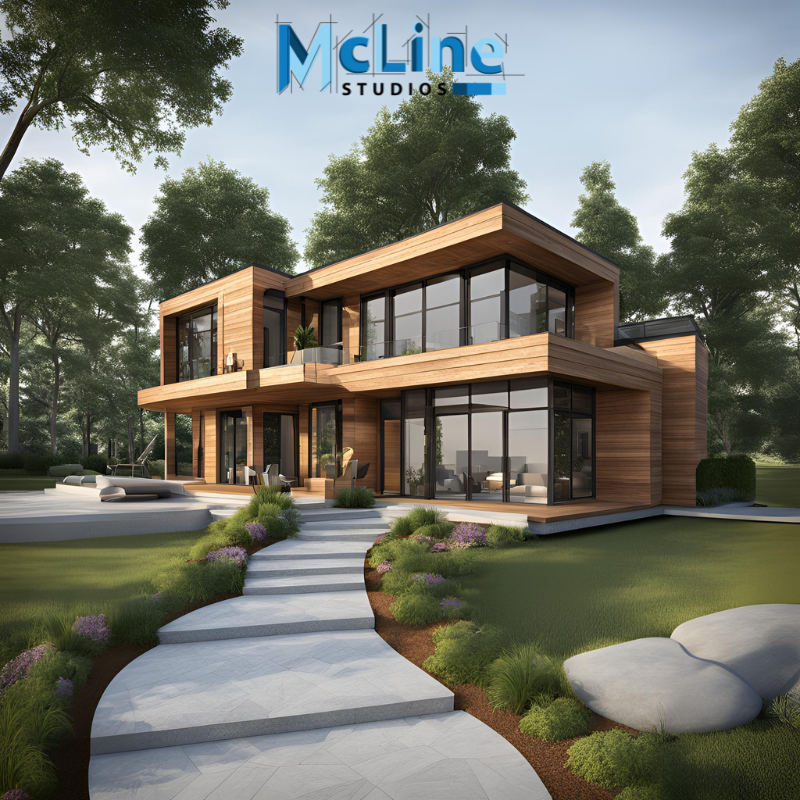In the rapidly evolving landscape of digital technology, the convergence of Computer-Aided Design (CAD) rendering. Virtual Reality (VR) and Augmented Reality (AR) applications is transforming the way professionals visualize, design, and interact with architectural and engineering projects.
CAD rendering serves as the backbone for creating detailed, realistic 3D models that are essential for immersive experiences in both VR and AR environments.
As industries strive for greater efficiency and enhanced communication, the integration of these technologies is redefining workflows, enabling designers to simulate and present their concepts in ways that were once unimaginable.
This synergy not only facilitates better design decision-making but also enhances client engagement and collaboration, paving the way for innovative solutions in fields ranging from architecture to manufacturing.
In this exploration, we will delve into the critical role of CAD rendering in the realms of VR and AR, highlighting its impact on design processes, project visualization, and user experience.
Understanding CAD Rendering
CAD rendering is the process of creating a realistic image of a design using computer-aided design (CAD) software. It allows designers and architects to visualize their projects in a detailed way before construction begins. By using CAD rendering, professionals can produce images that show how a finished product or building will look, including colors, materials, and lighting.
One of the main advantages of CAD rendering is that it helps clients understand the design better. Instead of looking at basic drawings, they can see a lifelike version of the project. This makes it easier for clients to give feedback and make changes early in the process, saving time and money later on.
CAD rendering also allows designers to experiment with different styles and options quickly. They can try out various materials, textures, and colors to see what works best. This flexibility encourages creativity and helps in finding the best solutions for a project.
Moreover, CAD rendering plays a crucial role in marketing. Stunning visualizations can attract potential clients and investors, making a project stand out. In industries like architecture, interior design, and product development, high-quality renderings can make a big difference in securing projects.
Understanding Virtual Reality and Augmented Reality
Virtual Reality and Augmented Reality are two exciting technologies that change how we see and interact with the world.
Virtual Reality is a fully immersive experience. When you wear a VR headset, you enter a completely different environment. This could be a stunning landscape, a space station, or even a fantasy world. VR tricks your brain into thinking you are somewhere else, allowing you to explore places and situations that might be impossible in real life. It’s used in gaming, training simulations, and education, making learning more engaging and fun.
On the other hand, Augmented Reality (AR) adds digital elements to the real world. You don’t wear a headset for AR; instead, you can use your smartphone or tablet. For example, when you point your device at a room, AR can show you how a piece of furniture would look in that space. Apps like Pokémon GO let you see virtual creatures in your surroundings, blending digital images with reality.
Both VR and AR have many applications beyond entertainment. They are being used in fields like medicine, architecture, and education, helping professionals visualize complex information. As technology advances, the possibilities for VR and AR will continue to grow, offering us new ways to experience the world and learn.
The Role of CAD Rendering in VR and AR Applications
CAD rendering plays a crucial role in the development of virtual reality (VR) and augmented reality (AR) applications. These technologies allow users to experience designs in a more immersive way, making them incredibly valuable in fields like architecture, product design, and education.
In VR applications, CAD rendering creates lifelike 3D models that users can explore. This allows designers and clients to walk through virtual spaces, giving them a real sense of scale and atmosphere. With accurate lighting, textures, and materials rendered from CAD files, users can visualize how a space will look before it’s built. This helps in making better design choices and catching potential issues early in the process.
In AR applications, CAD rendering overlays digital designs onto the real world. For instance, using a smartphone or AR glasses, users can see how furniture will look in their home or how a building will fit into its surroundings. This blend of real and digital worlds enhances understanding and communication, allowing for more informed decisions.
Overall, CAD rendering is essential for both VR and AR, as it transforms technical drawings into realistic experiences.
By bridging the gap between imagination and reality, it helps clients visualize projects more effectively, leading to greater satisfaction and successful outcomes. As these technologies continue to evolve, the impact of CAD rendering on design processes will only grow.
Conclusion
The integration of CAD rendering with Virtual Reality (VR) & Augmented Reality (AR) is revolutionizing the design landscape across various industries. By creating detailed, realistic 3D models, CAD rendering serves as a foundational element that enhances immersive experiences.
These technologies not only facilitate a deeper understanding of architectural and engineering projects but also foster improved collaboration.
As professionals leverage CAD rendering to visualize designs in innovative ways, the potential for enhanced client engagement, creativity. Project success becomes apparent. With applications extending beyond architecture to fields such as product design and education, the synergy of CAD rendering VR and AR.
As these technologies continue to evolve, they will undoubtedly unlock new opportunities for creativity, efficiency, and effective communication. Paving the way for a more interactive and dynamic approach to design.







